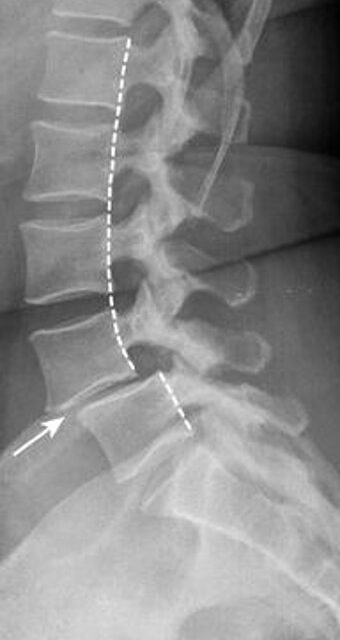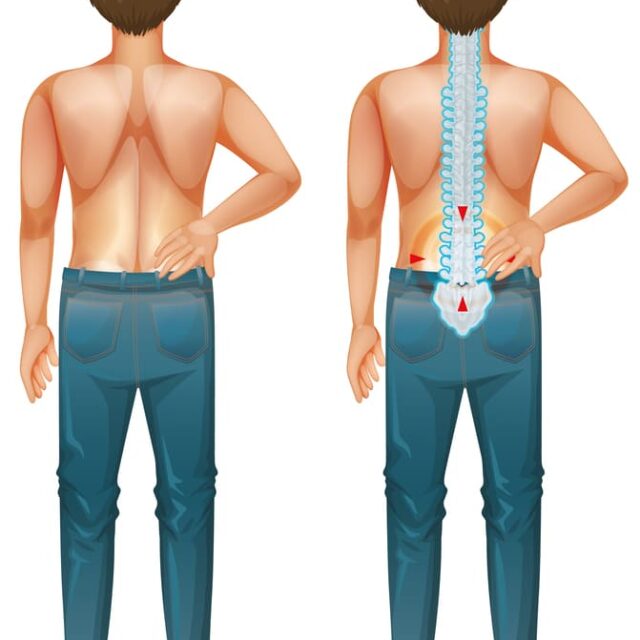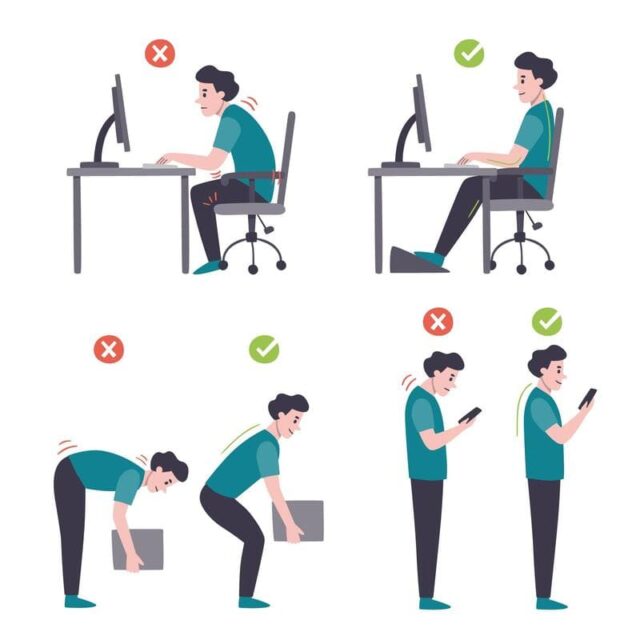Spondylolisthesis is a medical condition that affects the spine. It is a condition in which one vertebra slips out of its normal position and shifts forward onto the vertebra below it. This can cause pressure on the spinal nerves, resulting in pain, numbness, or weakness in the legs or lower back. This article will discuss the causes, symptoms, diagnosis, and treatment of spondylolisthesis.

Causes
Spondylolisthesis can occur due to various reasons, such as:
Congenital: Some people may be born with a defect in the pars interarticularis, the bony bridge between a vertebra’s upper and lower facets. This defect can cause the vertebrae to slip out of place.
Degenerative: As we age, the discs in our spine lose water content, become less flexible and flatten, leading to wear and tear in the spinal joints. This can cause the vertebrae to shift forward.
Traumatic: An injury or accident can cause a fracture in the vertebra, which can cause it to slip out of place.
Isthmic: A stress fracture in the pars interarticularis can occur due to repetitive strain or overuse, which can cause the vertebrae to slip forward.
Symptoms
The symptoms of spondylolisthesis can vary depending on the severity of the condition. Some common symptoms include:
Lower back pain: This is the most common symptom of spondylolisthesis. The pain can be dull or sharp and radiate to the buttocks or thighs.
Muscle tightness: The muscles in the lower back may feel tight or stiff.
Numbness or tingling: Spondylolisthesis can cause compression of the spinal nerves, which can cause numbness or tingling in the legs or feet.
Weakness: The compression of spinal nerves can also cause leg weakness.

Prevention
Spondylolisthesis is not always preventable, but there are things you can do to reduce your risk of developing the condition. These include:
Maintaining a good posture: Sitting or standing with good posture can reduce the stress on your lower back.
Strengthening the core: Strengthening your core muscles can help support your spine and reduce your risk of developing spondylolisthesis.
Maintaining a healthy weight: Excess weight can put extra pressure on your spine, increasing your risk of developing spondylolisthesis.

Spondylolisthesis can be a painful and debilitating condition affecting your daily life. It is essential to understand this condition’s causes, symptoms, diagnosis, and treatment options. You can reduce your risk of developing spondylolisthesis by maintaining good posture, strengthening your core muscles, and maintaining a healthy weight. If you are experiencing symptoms of spondylolisthesis, it is essential to consult the doctor to determine the best treatment for your condition.
